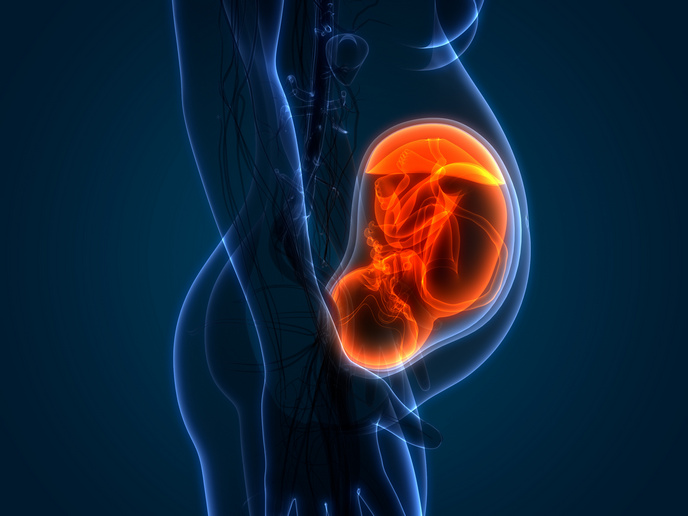Membrane dynamics in immunological responses
The cell membrane is composed mainly of lipids and proteins. Emerging evidence indicates that lipid packing is instrumental for various cell membrane-related processes in immunology such as T cell signalling or antigen presentation. Lipid packing may affect membrane organisation by altering the concentration of key molecules in a specific part of the membrane, and thus, influence receptor activation and signalling. The EU-funded MEMBRANE DYNAMICS project investigated the heterogeneity in lipid and protein organisation in the plasma membrane of immune cells such as T-cells, mast cells and antigen presenting cells. They also tested if this heterogeneity affected the compartmentalisation of key proteins involved in certain immune-related processes. Researchers employed biochemical approaches and model membrane systems to demonstrate that the T-cell receptor prefers unsaturated lipid environments. To observe the protein dynamics in their native environment in live cells, the consortium developed advanced new tools to visualise the heterogeneity of plasma membrane organisation. For accurate measurement of membrane lipid packing, scientists used a spectral imaging method with a confocal microscope. Additional super-resolution tools were employed to investigate the dynamics of the plasma membrane at the nanoscale level. Furthermore, scientists developed open-source, open-access computational tools to facilitate the analysis of microscopy and spectroscopy data. Overall, the MEMBRANE DYNAMICS study addressed key issues in the compartmentalisation of proteins in the cell membrane and its role in immune cell function. The in vitro models for immune response and drug screening as well as the tools for single molecule imaging and data processing will undoubtedly advance future translational research in the field of immunology. Finally, project findings have important clinical implications, considering that immune system diseases such as AIDS, diabetes, and leukaemia are top health priorities worldwide.







